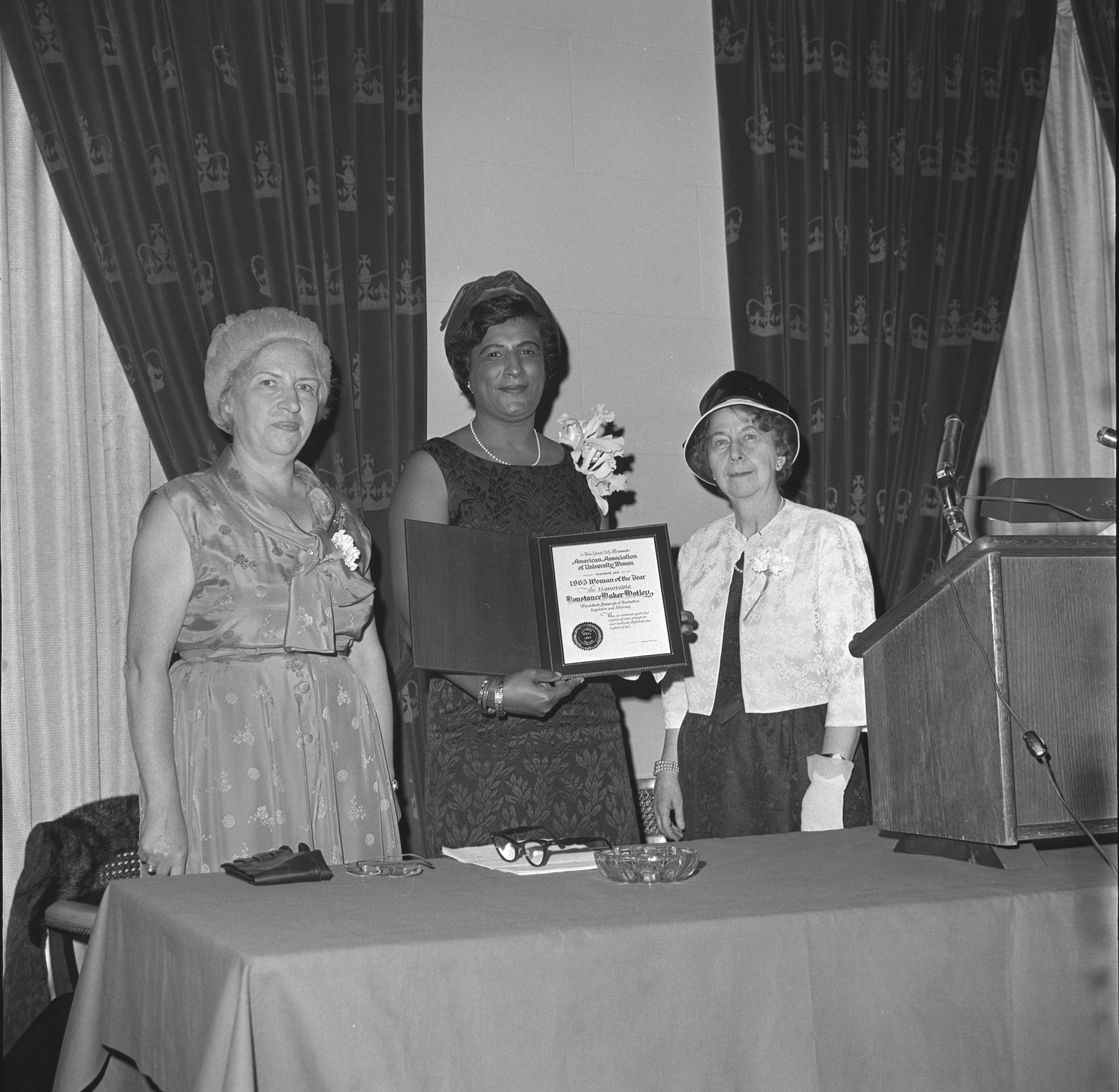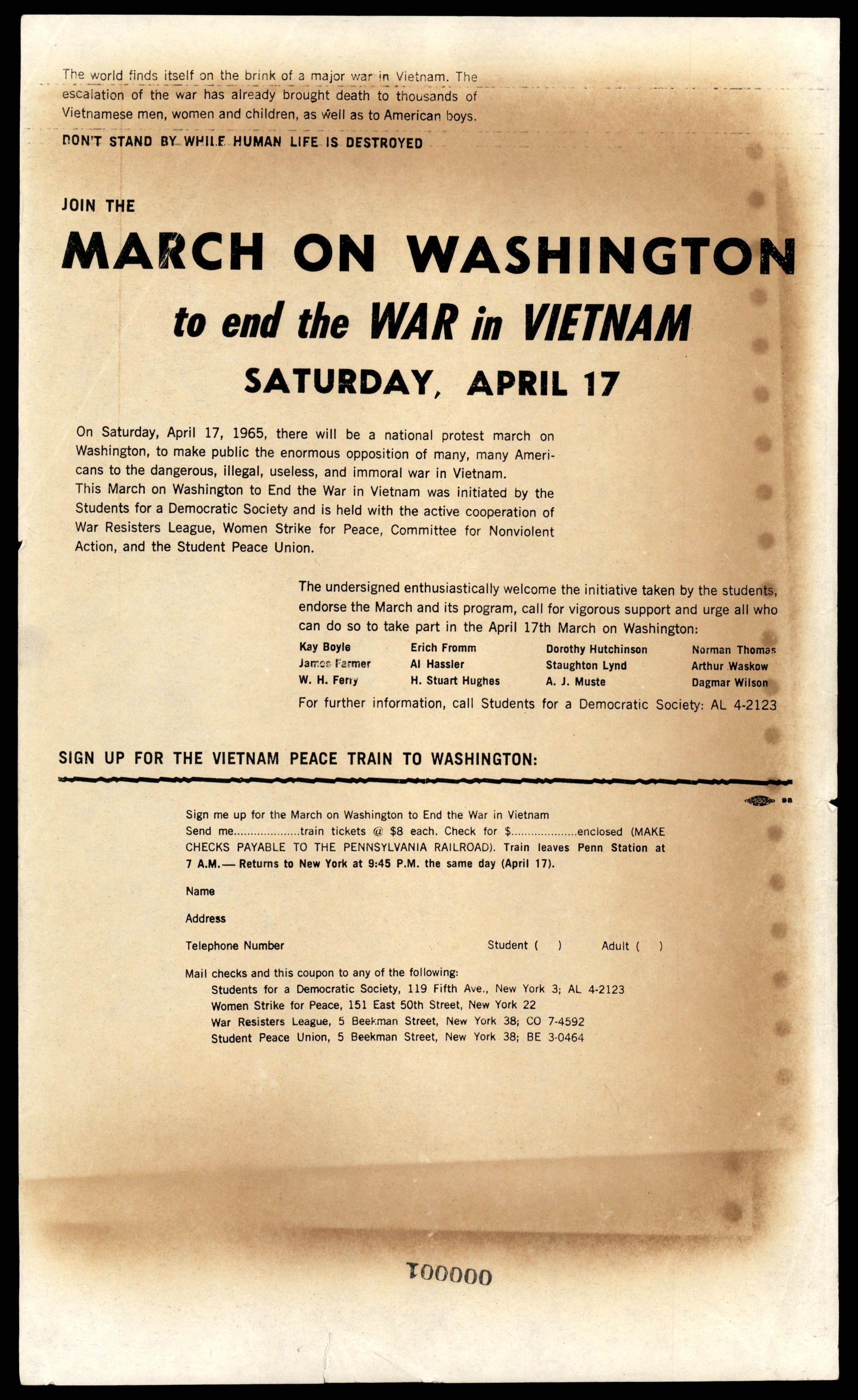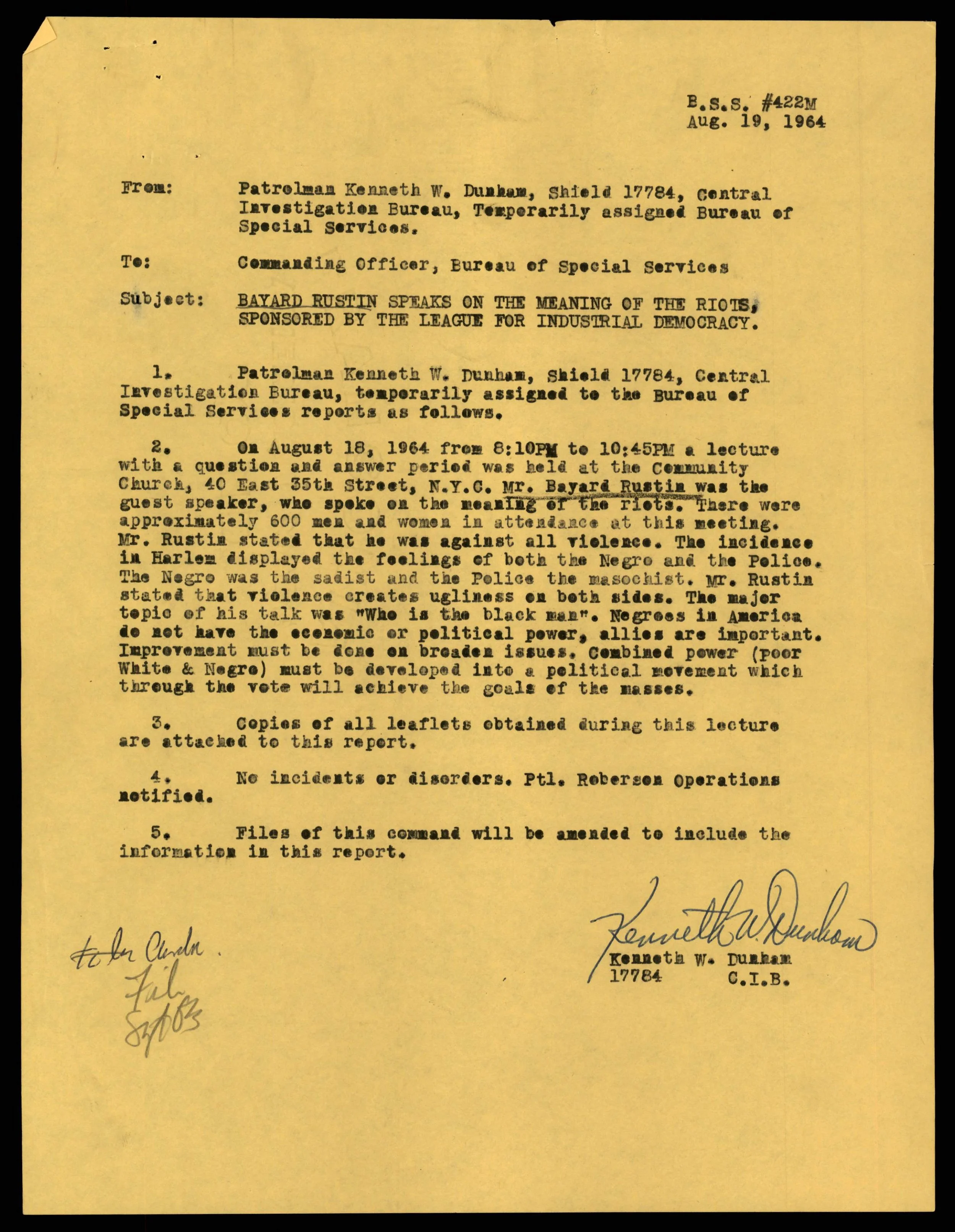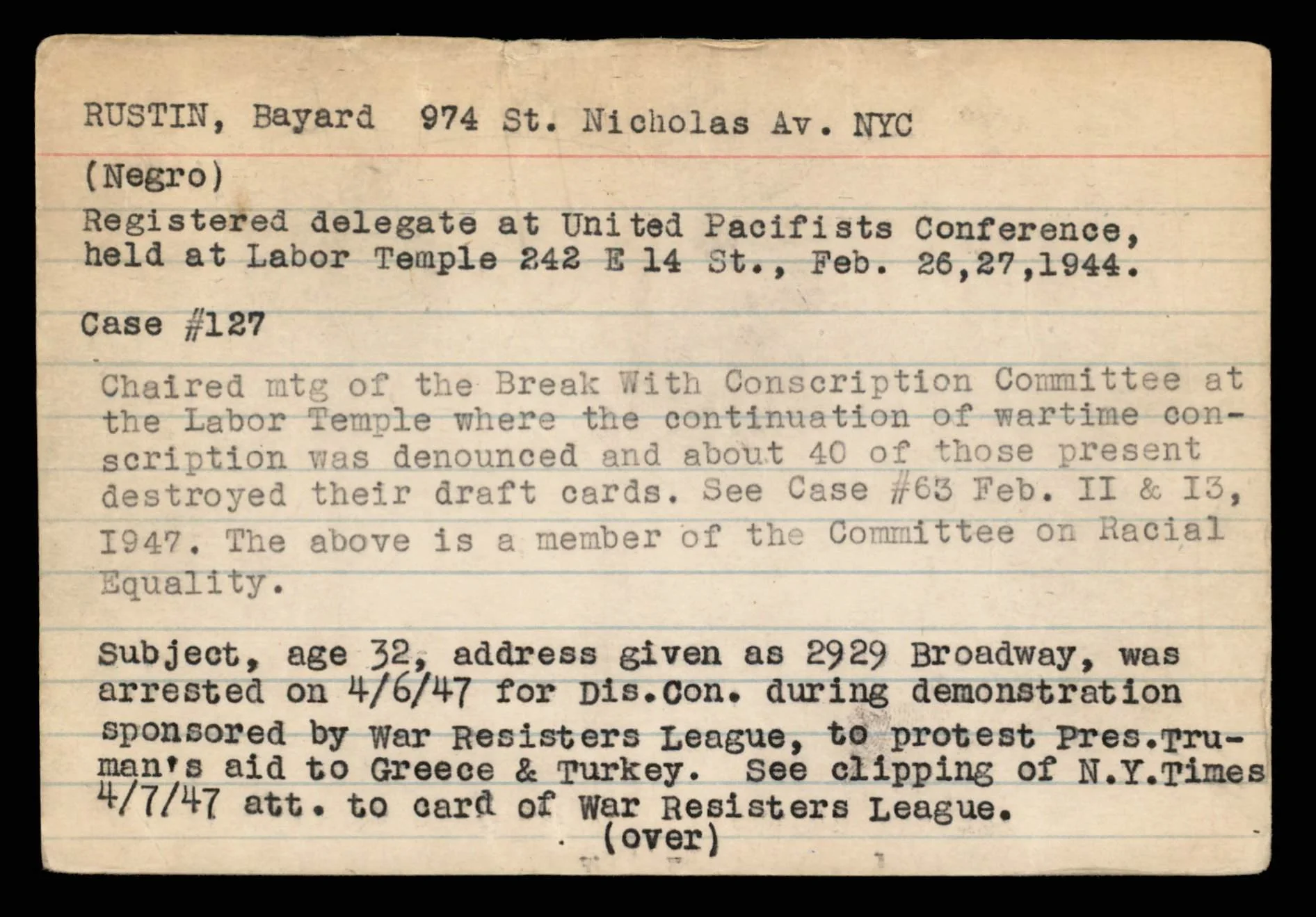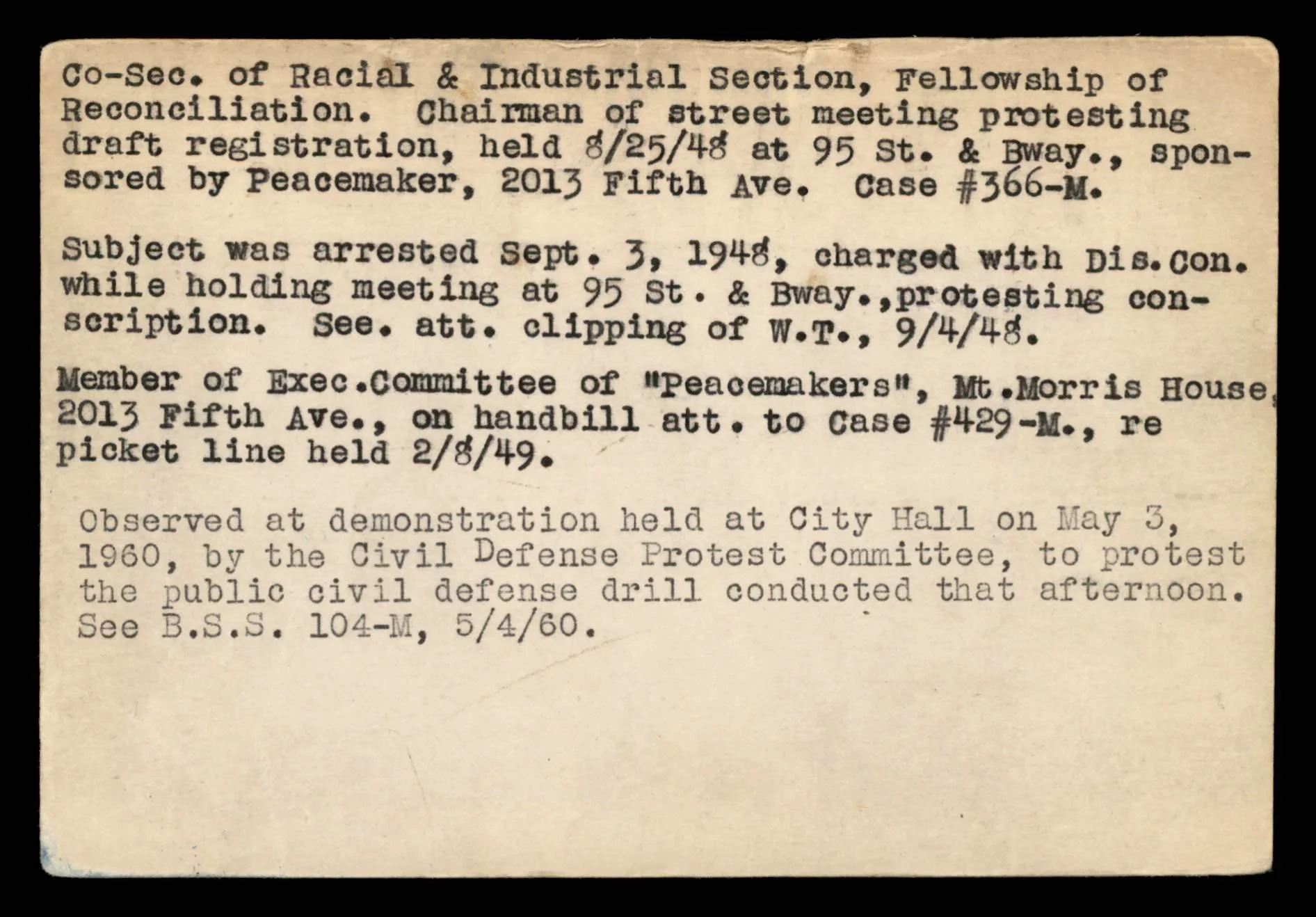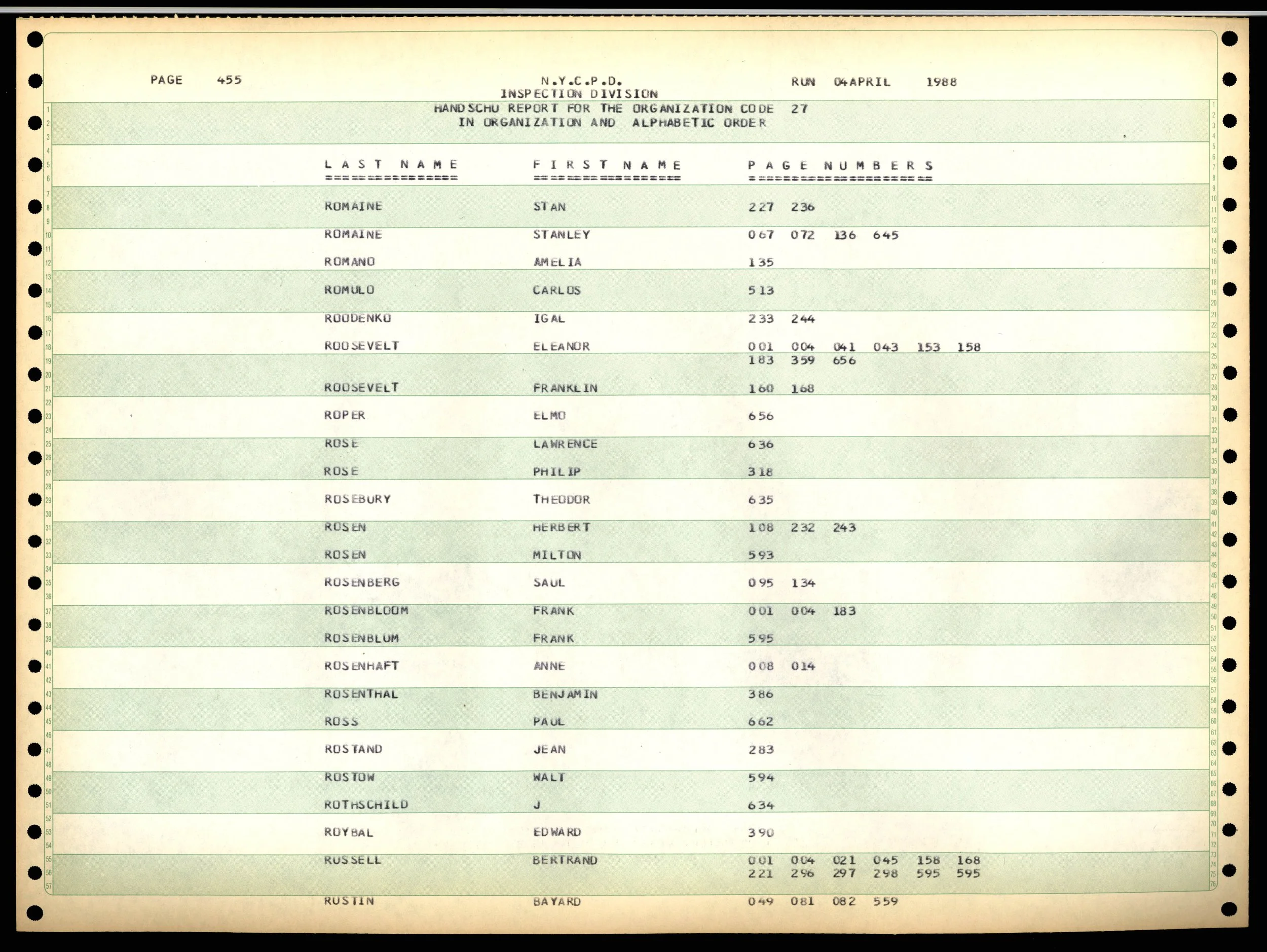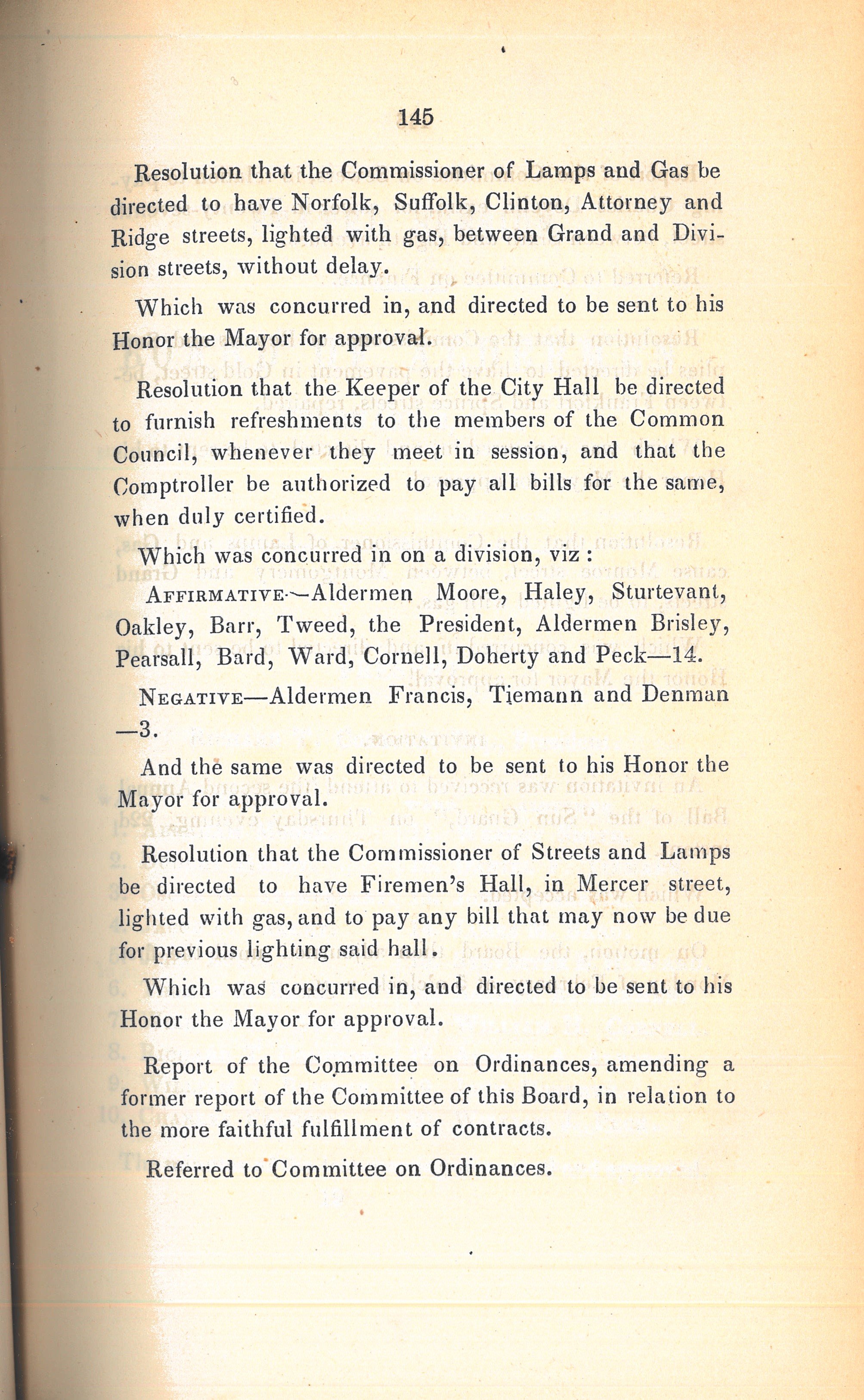“Eamon de Valera, former Prime Minister of Eire, returned today to the city of his birth, arriving at LaGuardia Field from Shannon aboard the American Overseas airliner London Mercury at 4:58 a.m.” (The New York Post, March 8, 1948.) Born in New York City in 1882, the Irish leader devoted his life to the cause of Irish unification. In March 1948, he embarked on a two-week tour of the United States. His first stop was his hometown, New York City. City Greeter Grover Whalen’s records, and the subject files of Mayor William O’Dwyer, document de Valera’s two-day sojourn in the city.
Frank Aiken, Acting Mayor Vincent Impellitteri, Eamon de Valera, City Hall, March 9, 1948. Grover Whalen- Mayor’s Reception Committee Collection. NYC Municipal Archives.
On his first day, an ailing Mayor O’Dwyer hosted de Valera at a private meeting in Gracie Mansion. The following day the city feted the Irish leader with a ticker-tape parade and a gala luncheon at the Waldorf Astoria. The “Official Program and Time Table,” in Whalen’s files, prepared by the Mayor’s Reception Committee, lays out the day’s itinerary. It would begin with a motorcade to convey the official party from the Waldorf Astoria Hotel to the Bowling Green for the start of the parade at 10:45, and conclude at 11:45 with the departure to the Waldorf for a gala luncheon.
Newspaper “clippings” in Whalen’s records provide a colorful description of the day. The New York Times reported the crowds greeted the statemen, popular with the city’s large Irish-American population, with “Hi-ya, Dev!” as his open car passed beneath a shower of ticker tape and torn paper. In the City Council Chamber, Grover Whelan introduced de Valera as a “. . . boy from Manhattan who made good overseas.” Acting Mayor Vincent Impellitteri made de Valera a honorary citizen and presented him with a scroll.
The Times story added that “Irish-born Mayor O’Dwyer, now resting at his home under doctor’s orders,” was “forced to listen to the ceremonies over the radio.” Setting aside the rather odd word-choice, “forced,” For the Record readers can also listen to an audio recording of the ceremony, thanks to the city’s broadcast station WNYC. Celebrating its 100th anniversary this year, WNYC microphones captured the voices of presidents, dignitaries, world leaders, artistic revolutionaries, musical geniuses, luminaries of the literati, and cultural icons. The WNYC series in the Municipal Archives is the largest non-commercial collection of archival audio recordings and ephemera from an individual radio broadcaster.
Every account of de Valera’s visit noted his birth in New York City. When asked by a reporter if he was going to visit his old home in Brooklyn, he smilingly replied: “My home was not in Brooklyn. I’m a Manhattan man.” (New York Sun, March 8, 1948.)
Eamon de Valera, Council Chamber, City Hall, March 9, 1948. Grover Whalen- Mayor’s Reception Committee Collection. NYC Municipal Archives.
Would there be a birth certificate in the Municipal Archives’ Historical Vital records collection (HVR), and would it confirm his birthplace? The search provides a good example of how to use the HVR portal. In this instance, given that the birth certificate number was not known, it was necessary to use the name search function. Entering “de Valera,” into the name search box, along with the date “1882,” and place “Manhattan” resulted in “no record.” Although it was certainly possible that his birth had not been reported to the civil office (not uncommon at that time), a further try in the HVR, this time without the space between de and Valera, produced the desired result.
In fact, it brought up two certificates. It appears that de Valera’s original 1882 birth certificate had been “corrected” in 1910, and both remained on file at the Department of Health. The most significant amendment was de Valera’s first name. On the 1882 certificate, his name was recorded as “George.” In 1910 it was corrected to “Edward.” Otherwise, the information recorded on each certificate is similar: his father was Spanish-born artist Vivion de Valera, and mother was Ireland-born Kate (or Catherine) Coll. He was their first child. Somewhat unusual for the time period, de Valera was born in a hospital, the Nursery & Child’s Hospital. The 1910 corrected certificate also includes the parents’ residence, 61 East 41st Street in Manhattan. Published accounts of de Valera’s life state that his family moved to Ireland in 1884.
Birth certificate, Manhattan, 352241, 1882. Historical Vital Records collection. NYC Municipal Archives.
Birth certificate, Manhattan, 352241 (corrected)1882. Historical Vital Records collection. NYC Municipal Archives.
Returning to the documents in Mayor O’Dwyer’s subject file folder reveals correspondence about an unfortunate breach of protocol during the de Valera reception. It began with a letter dated March 10, 1948, to Mayor O’Dwyer, from Michael Francis Doyle, a member of the Permanent Court of International Arbitration at the Hague. In the letter marked “Personal,” Doyle wrote: “The Honorable James E. Murray, United States Senator from Montana, and representing unofficially members of the United States Senate, came to New York for the purpose of extending a welcome to Eamon de Valera.… Senator Murray, as you know, was a most devoted leader in the Irish cause.” The letter went on to describe a series of mishaps, including the Senator’s placement in the last car of the motorcade which led to his late arrival at City Hall. Consequently, “he was obliged to remain on the pavement with the other thousands outside and listened to the proceedings there.” This was compounded by the fact that when he arrived at the Waldorf for the luncheon, he discovered his name was not on the guest list. Doyle wrote: “We, therefore left. Senator Murray had luncheon elsewhere with a friend.” Oh.
Eamon de Valera (left), Grover Whalen (center) arrive at City Hall, March 9, 1948. Mayor’s Reception Committee Collection. NYC Municipal Archives.
Mayor O’Dwyer’s Executive Secretary, William J Donoghue quickly replied that he would inform the Mayor of the “unfortunate events.” Donoghue followed-up with a letter to the Senator, dated March 22, “to extend our apologies.” The letter added that “... because of the brief time that was allowed for the preparation of the reception and the failure of one or more of Mr. Whalen’s aides to fully appreciate your high office,” had resulted in the discourtesies. Senator Murray’s gracious reply, dated March 25 is also in the file: “I am distressed to learn that the Mayor, Mr. Whalen, or anyone else feels that I may have suffered any lack of courtesy on the occasion of the de Valera reception in New York.” He continued: “I know I would have been welcome at the luncheon if I had made my presence know. My failure to take part in all of the activities was due to my own oversight.”
And finally, the file also includes de Valera’s thank you to Mayor O’Dwyer, written upon his return to Ireland on April 13, expressing his “very deep appreciation” for his visit to New York.
Letter from Eamon de Valera to Mayor William O’Dwyer, April 13, 1948. Mayor William O’Dwyer collection. NYC Municipal Archives.
Eamon de Valera led the Irish government between 1932 and 1937. After drafting the constitution in 1937, he served three terms as prime minister and two as president of the Irish Republic. De Valera died in 1975, with the cause to which he devoted his life still elusive.
The Times story ended with an account of de Valera’s itinerary subsequent to his visit in New York. The following day he planned to “pay his respects to President Truman” in Washington D.C. after flying to Oklahoma, he will “then go on to the West Coast, where he will be the honored guest in San Francisco at the St. Patrick’s Day ceremonies.”
Advance forecasts for St. Patrick’s Day 2024 in New York are good; no need to travel to San Francisco!










